How to find nests
Useful tips for nest-finding, and a summary of some nest-finding techniques.
Safety first: the nest recording Code of Conduct
Learning how to use the techniques below will help you locate nests and approach them carefully and considerately, but this doesn’t mean it is always possible to access the nest safely, for you or for the nesting birds.
A nest may be hidden so deep in the undergrowth or the vegetation is so entangled that the whole bush moves on inspection. Or it may be located somewhere particularly precarious, such as the top of a lamppost or on a rocky ledge.
If the nest is in a cavity, high up so it can’t be seen properly, or part of a colony (like a seabird colony) you can still provide valuable information by watching from a distance. You can record the activity of the parent birds, such as carrying nesting material or food, and you may even be able to watch the young fledge to see if the nest was successful.
Remember: if you can’t get to the nest or if it would jeopardise the nesting attempt if you did get to it, it is better not to monitor the nest – there will be plenty of other nests to find.
The best time of day to search for nests
- Tip: Search for nests early in the morning.
The best time to go out searching for the nests of diurnal birds (those that are most active during the day) is usually in the early morning. This is when the young are hungry after a night with no food, and the parents are off the nest, busy collecting food for their young and themselves, before settling back on the eggs or brooding.
During the middle of the day, there tends to be a distinct lack of activity around the nest. This does increase again towards the end of the day, so afternoons and early evenings can also be good times to see what you can find.
That said, nest-finding can be done at any time of day and your nest-finding can fit around your other commitments. This could mean looking for nests on a dog walk, when popping to the shops or on the school run, and fitting in targeted sessions when time allows.
Nest finding techniques
Watching and understanding bird behaviour helps you to understand where nesting might be taking place. You can then use these techniques to focus in on the nest location.
- Tip: The techniques can work for different species and different stages of nesting – for example, tapping off can be most effective during incubation.
Cold searching
This method involves looking in likely nest locations to see if you can discover a nest.
It can be useful to learn about the habitats you may expect to find a species nesting in, so you know where to get started.
For example, evergreens, or areas of dense vegetation, are likely places birds will choose as nesting sites, particularly Robins, Blackbirds or Woodpigeons. In contrast, nests in thick bramble may be inaccessible for monitoring purposes, so searching for nests in areas where thick bramble is the only nesting habitat available may not be a very fruitful exercise.
Cold searching involves looking through existing gaps in vegetation, or carefully parting areas of vegetation (a nesting stick helps with this), to look up and down among the bare branches for a solid area which could be a nest. A torch can be helpful here, especially in dense vegetation. Whilst searching, gently tapping the foliage (described below in “Tapping off”) also helps with pinpointing the nest location.
Being aware of bird behaviour while searching, such as alarm-calling or injury-feigning, can show that you are getting closer to a nest location.
It is much easier to search earlier in the year when there is less vegetation and few ground-nesting species are yet to start nest building – even though there may be less activity it will be easier to spot nests. The winter months are a great time to look for old nests from the previous nesting season which will give you a good idea of where you are likely to find nests in the spring.
Tapping off
Birds will sit tightly on the nest and not give away their location. Firmly tapping on the vegetation will alert the adult bird to your presence. Make sure you don’t use so much force that you damage the vegetation.
As you tap, watch and listen carefully and you may spot the adult slipping away from the nest, which will provide you with its general location and allow you to search. The bird will return shortly after you have moved away.
As you walk in search of nests, you can firmly tap on vegetation where you may expect to find a nest. You can also do this in the general location of a nest found through the “Watching back” technique.
Watching back
You can learn a lot about a nest’s location by carefully watching a bird’s behaviour.
When you notice an adult bird carrying nesting material or food, take the time to find a place to watch the bird’s activity without alerting it to the fact you are paying attention. Once you have managed to pinpoint a location it keeps returning to, carefully approach and see if you can find the nest.
This can take more than one attempt, and may require patience, but it is a skill worth practising.
Identifying and mapping territories
As the nesting season begins, it can be useful to note the location of singing males. This is a particularly useful technique for migrant birds, which tend to arrive in the UK from April or May.
Identifying a bird’s territory by watching and listening to courtship displays and noting song posts will give you a general idea of a nest’s location and the individual’s territory size. This is best done early in the nesting season as most species’ song and display cease (or are significantly reduced) once the pair bond is formed. Most birds are active early in the morning, which makes it the best time of day for locating territories.
Understanding the size of each territory will inform you of how many nests there are likely to be in the area. Species like Whitethroat and Lesser Whitethroat can have favourite song posts, which will be close to the nest, and can serve as an extra indicator for the nest’s location.
It is also worth noting that if one of these nests fails or fledges there may be a second nesting attempt shortly afterwards, depending on the species and time of the year, so further targeted effort can be made to locate any replacement or new nests.
Once nesting activity has begun, you can also use the birds’ alarm calls in a similar way. These are given by adult birds when any intruder is within the territory.
Learn how to approach a nest safely
Every time you approach a nest there is the potential to put it at risk. This information is a summary of approaching and collecting information safely.
- You should also ensure you are familiar with and follow the Code of Conduct before starting your nest recording activities.
Approach the nest casually, rather than directly and deliberately, and ideally while it is unattended by the adult birds. You might need to watch the nest for a while to work out if an adult bird is on the nest.
Gently tap the vegetation as you approach to alert the adult birds to your presence and allow them the opportunity to slip away. If the adult doesn’t leave the nest when you approach, simply leave the nest alone and come back later. Females regularly leave their nests to feed, so there will be a later opportunity to find the nest unoccupied.
You can always add a visit like this to your nest record, to say the female is sitting on the nest – this is useful information because it shows that the nest is still active.
Be aware that older nestlings can ‘explode’ from or leave their nest in direct response to being approached by a nest recorder or predator. The nestlings will still be cared for by their parents, but survival chances may be lessened if this occurs, depending on how close they were to fledging naturally, what species they are and how far from the nest they initially move.
- Please see the Code of Conduct for more information about ‘exploding’ young.
Nest monitoring at seabird colonies
Because of the potential harm it could do, we do not want observers to go into seabird colonies for nest recording purposes. If nests are to be monitored, this should be done from a distance so that adult birds and young are not stressed by your presence.
Please contact the Nest Record Scheme team at nrs [at] bto.org to obtain advice on any special circumstances that would allow you to go into a seabird colony.
Approaching nests and the law
Some species have additional legal protection which means you will need a special license to approach their nest.
Due to differing legislation, it is also necessary to apply for a licence before participating in Nesting Neighbours (but not the Nest Record Scheme) if you are in Northern Ireland or the Republic of Ireland, regardless of the species.


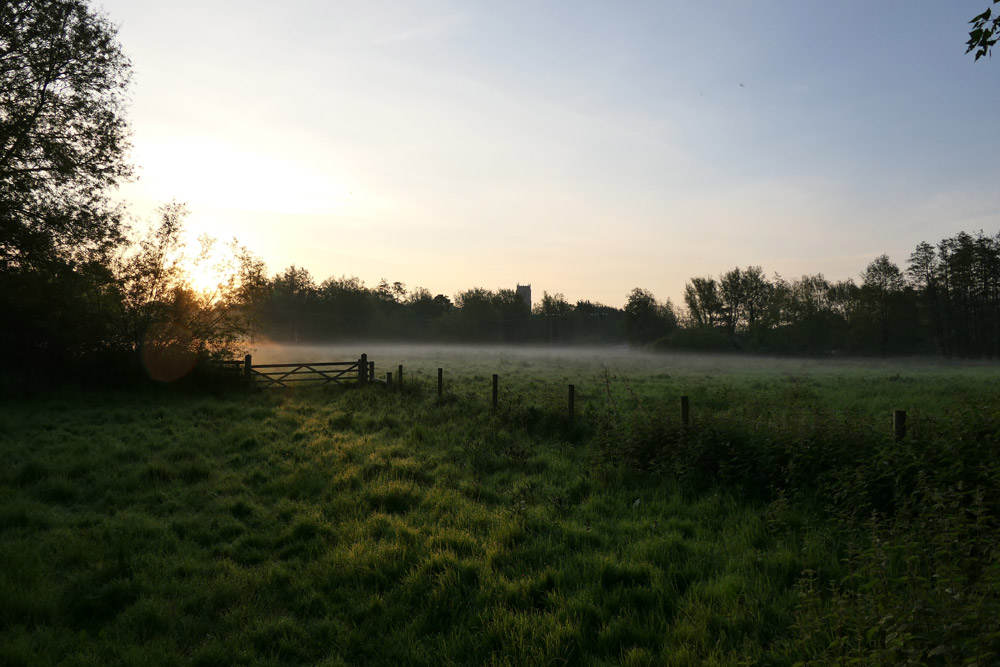
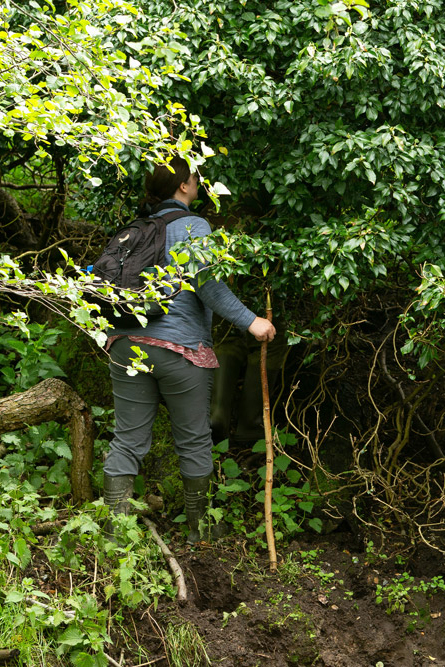
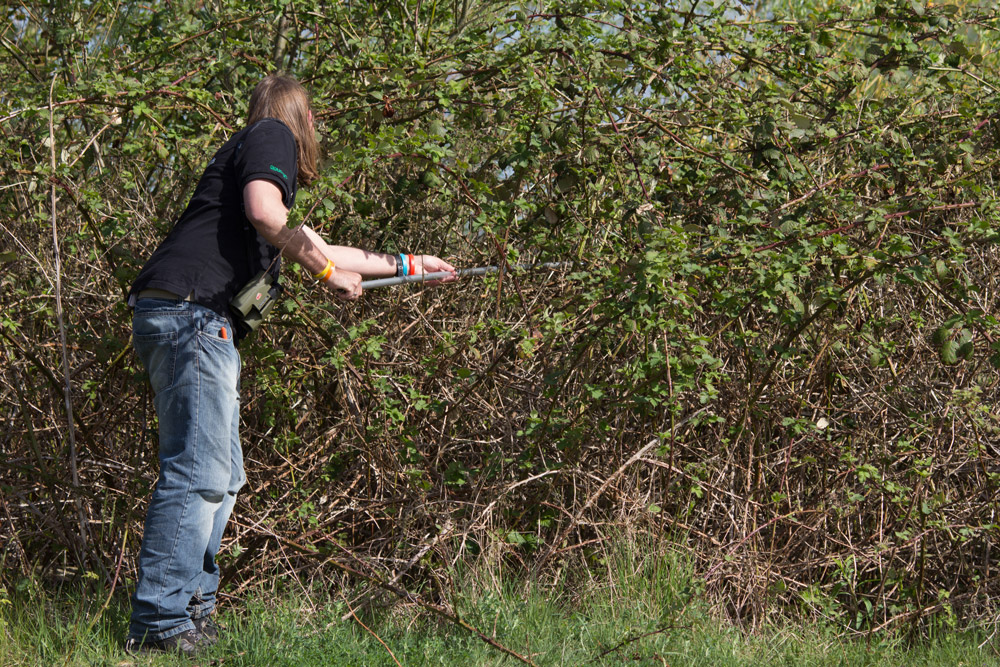
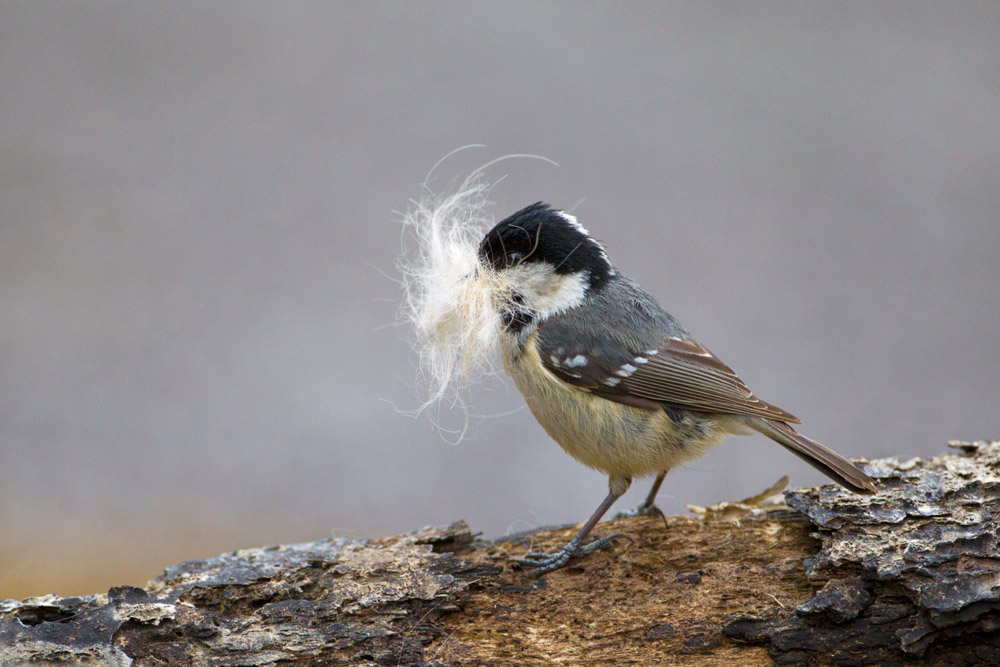
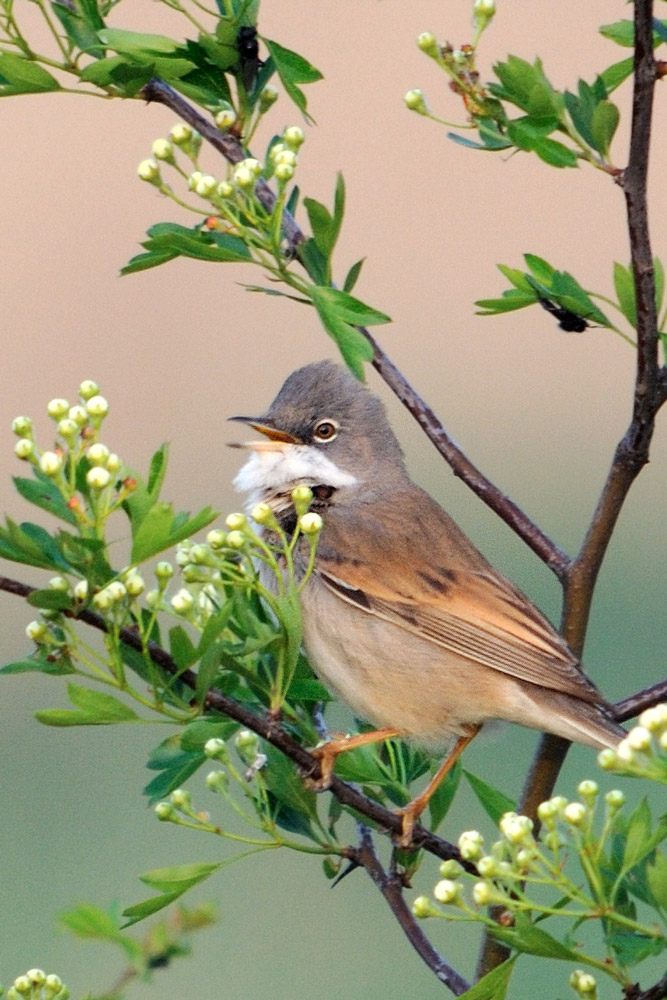
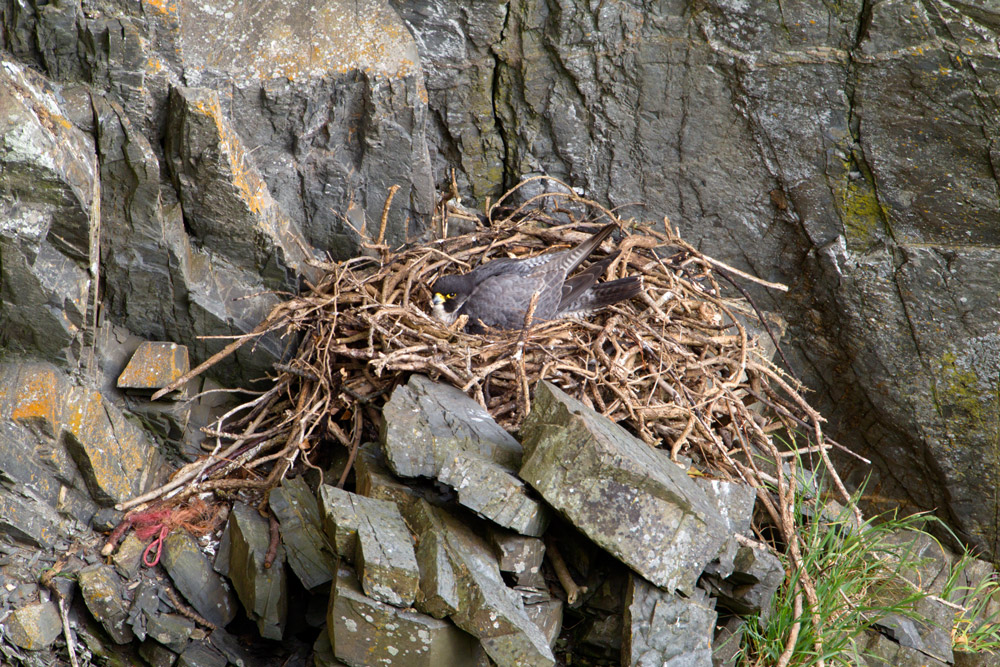




Share this page